Have you ever seen the black-and-white “Parental Advisory: Explicit Content” label on an album cover or next to a song online? This label warns that the music contains strong language or adult themes. It’s an important tool for parents and listeners.
Parental Advisory Labels help people decide whether a song is suitable for children or young listeners. This label originated in the 1980s, and although music has undergone significant changes since then, the label is still in use today on streaming platforms.
In this article, you’ll learn what a Parental Advisory Label is, how it started, when to use one, and why it still matters for musicians and listeners today.
What Is a Parental Advisory Label?
The Parental Advisory Label is a small black-and-white warning sign. It is used to let people know that a song or album has strong language or talks about adult topics. You might see it on music albums, song covers, or next to songs on music streaming apps.
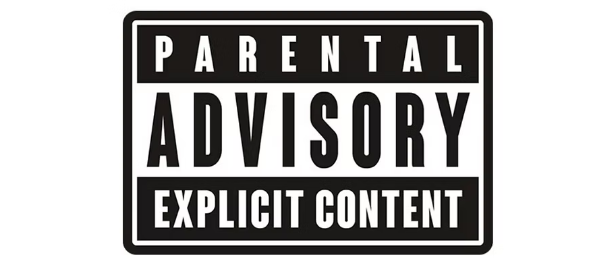
This label is meant to help listeners, especially parents—understand that a song may not be good for kids. Music that has swear words, talks about drugs, sex, or violence usually gets this label.
You’ll often see this label on CD covers, music videos, or when you’re listening to music online through platforms like Spotify, Apple Music, or Amazon Music. It’s there to help you make the right choice before playing a song.
The History of Parental Advisory Labels
The idea of the Parental Advisory Label started in the 1980s. At that time, some people were worried about the types of messages and words in popular songs. Parents began to ask for a way to know which music had content that was not okay for kids.
A group called the Parents Music Resource Center (PMRC) pushed for warning signs on music. They wanted clear labels that said, “This music has adult content.” The Recording Industry Association of America (RIAA) listened to their concerns and worked with the PMRC and the National PTA to create a system.
In 1985, the Parental Advisory Label was born. This label made it easier for parents to choose music that fit their family values. It helped protect younger listeners while giving musicians the freedom to express themselves.
How Artists Reacted To The Label
Not every musician liked the new label. Some felt it was a form of censorship, meaning it limited what they were allowed to say. They thought it was unfair for others to decide what was okay in their music.
But not all reactions were negative. Some artists began to use the label as a badge of honor. They believed it showed that their music was bold, honest, and real. One famous example is the rap group N.W.A. Their album Straight Outta Compton proudly displayed the label, and it became a huge success.
So while some musicians pushed back, others embraced the label. Over time, it became something fans expected to see on certain types of music.
Are Parental Advisory Labels Still Important Today?
Even though CDs are less common now, the Parental Advisory Label is still used today. It has just changed to fit the digital world. Now, you won’t always see a sticker, but the label is still there behind the scenes.
When you upload music to platforms like Spotify or Apple Music, you must mark songs as explicit if they contain strong content. This is called metadata—information that helps music apps know what kind of song it is.
Streaming services use this label to filter music. For example, parents can turn on settings that block songs with explicit content. So, even though the label looks different today, it still helps listeners decide what’s right for them and their families.
Should Your Music Have A Parental Advisory Label?
If you make music, it’s your job to think about the words you use. If your lyrics talk about sex, violence, drugs, or have strong language, then your music may need a Parental Advisory Label.
This is not just about following rules—it’s about respecting your audience. Think about who listens to your songs. If many of your fans are teenagers or kids, you may want to be careful. But if your music is meant for adults, the label can help set the right expectations.
It also depends on your music style. Some genres, like rap or hard rock, often use strong language. In those cases, fans might expect the label. Just make sure to be honest about your content, so listeners can trust you.
Steps to Add a Parental Advisory Label
Adding the label to your song is not hard. You just need to follow a few simple steps when you upload your music online.
- First, check your lyrics. If they are strong or not kid-friendly, they may need the label.
- When you upload your music to Spotify, Apple Music, or other platforms, there’s usually an option to mark it as explicit.
- If you want to use the official Parental Advisory logo, contact the RIAA and fill out a free license form.
Costs And Licensing
Some artists worry that using the Parental Advisory Label will cost money. The good news is that marking a song as explicit on digital platforms is usually free. Services like CD Baby, TuneCore, and DistroKid include this option during the upload process.
If you want to use the official Parental Advisory logo, it’s also free. You just need to ask the RIAA for permission. They’ll give you a license to use the logo correctly, as long as you follow their rules.
Using the label in the right way builds trust. It shows fans and music platforms that you take your work seriously and care about being clear and honest.
Benefits And Challenges for New Artists
For new artists, the Parental Advisory Label can be both helpful and tricky. On the one hand, it shows you’re being honest about your music. It tells your audience that you’re not hiding anything and that you’re proud of your work.
This kind of honesty builds trust, especially with fans who care about what messages music sends. It also helps parents make smart choices for their kids. And for platforms like Spotify, it helps them keep content organized.
But there are some downsides. Some music platforms may limit how explicit songs are shown. Your music might not appear in family-friendly playlists or searches. That means fewer people could find your songs if the content is too strong.
So as a new artist, you need to think carefully. The label shows you’re being open and real, but it also comes with some limits.
Suggested Read:
Conclusion: Parental Advisory Labels Are Important Even Today
Parental Advisory Labels are still very useful in the music world. They help fans and families know when music may not be right for younger listeners.
For artists, using the label shows honesty and respect for your audience. It can protect your music and make sure it reaches the right people in the right way.
Always think about your lyrics, your message, and your listeners. If your music has strong content, adding a parental advisory label is a smart and simple step.
FAQs
It tells people that a song has strong language or adult themes, so they can decide if it’s okay for kids to hear.
It was created by the Recording Industry Association of America (RIAA) in the 1980s, after parents asked for warnings about music content.
Most music platforms let you mark songs as explicit for free. If you want to use the official label graphic, contact RIAA.
Platforms like Spotify and Apple Music use the label to help filter content. Some even limit how explicit songs are shown.
Not always. It depends on your fans and genre. It may limit young listeners but can also show that your music is bold and honest.
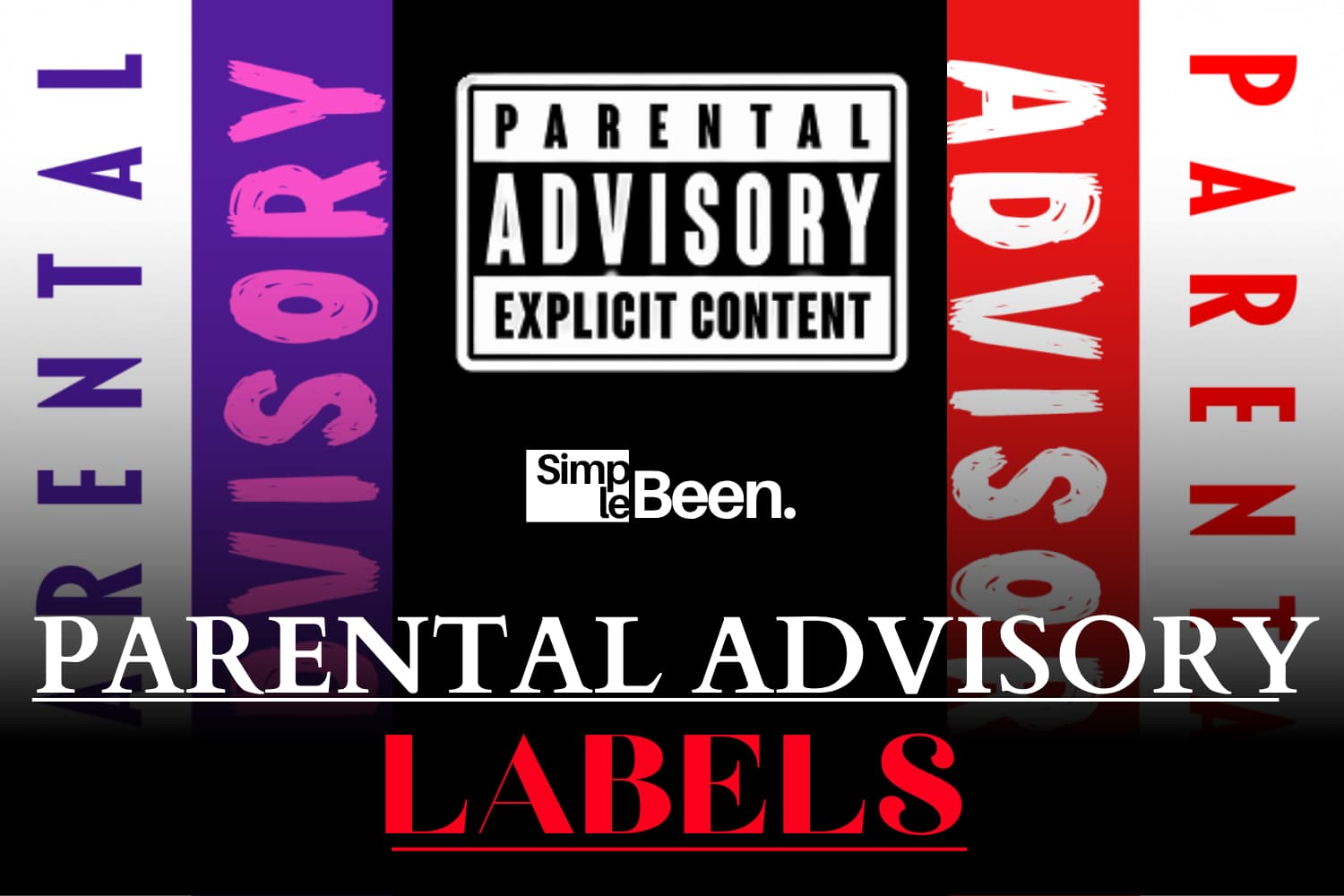
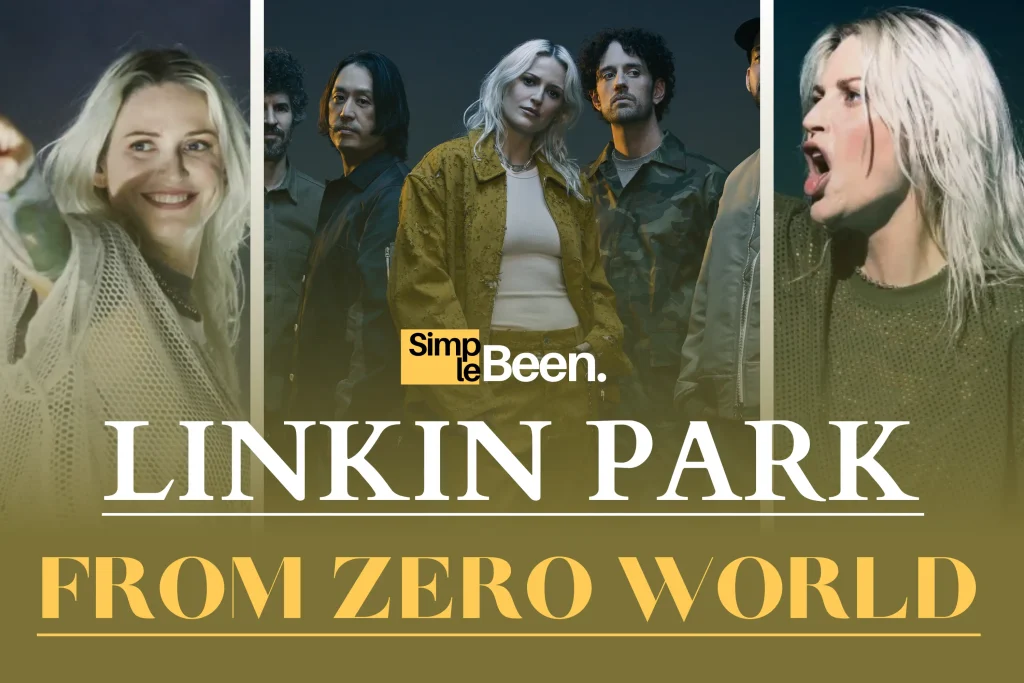

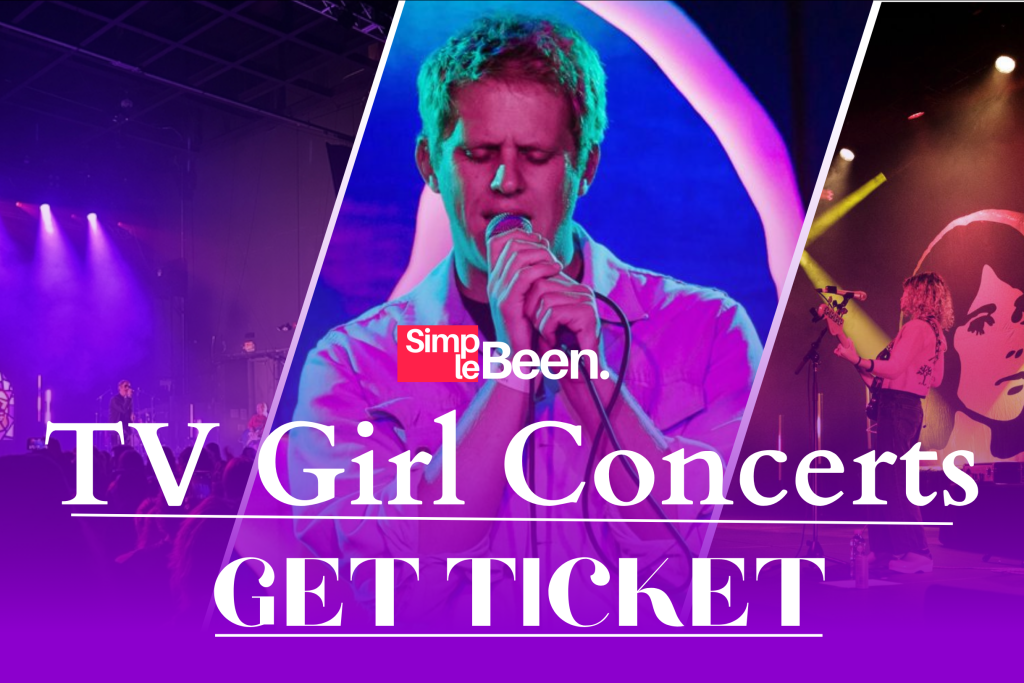

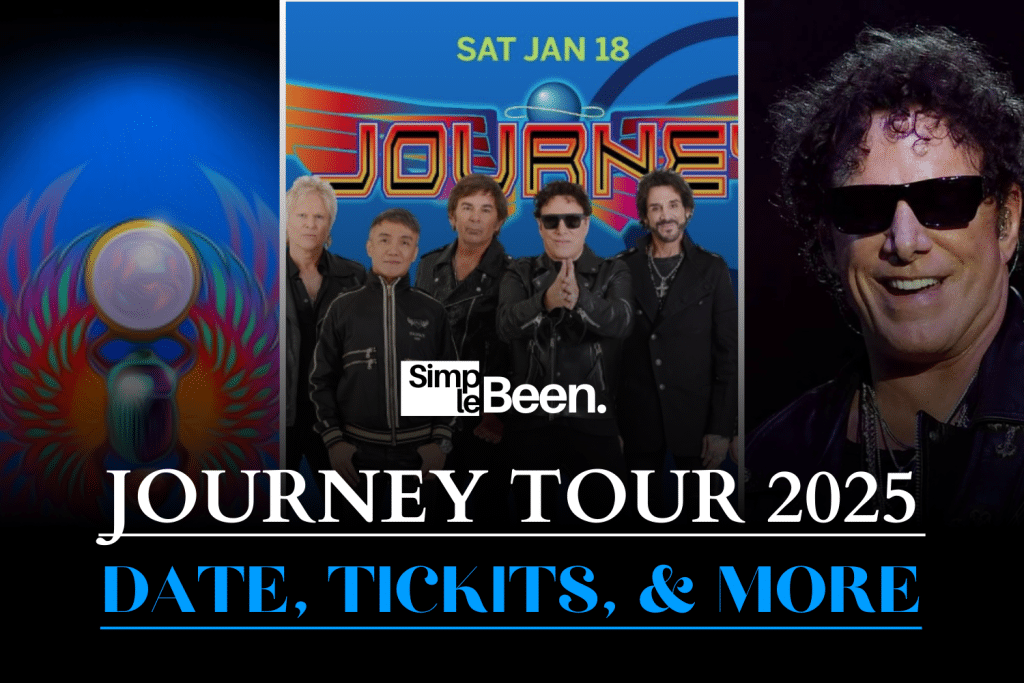

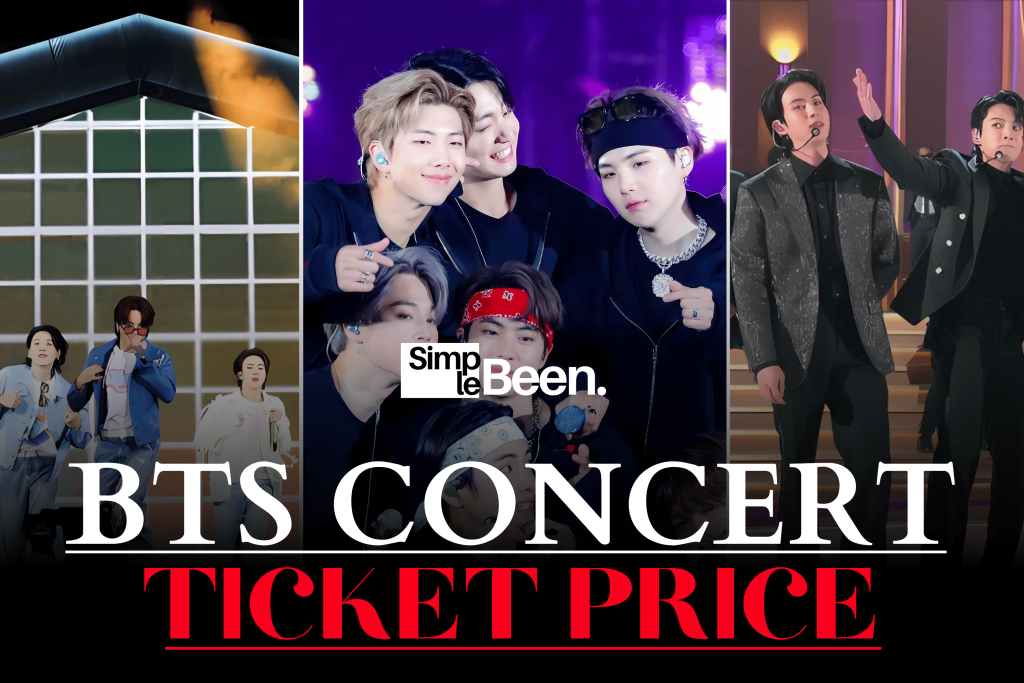
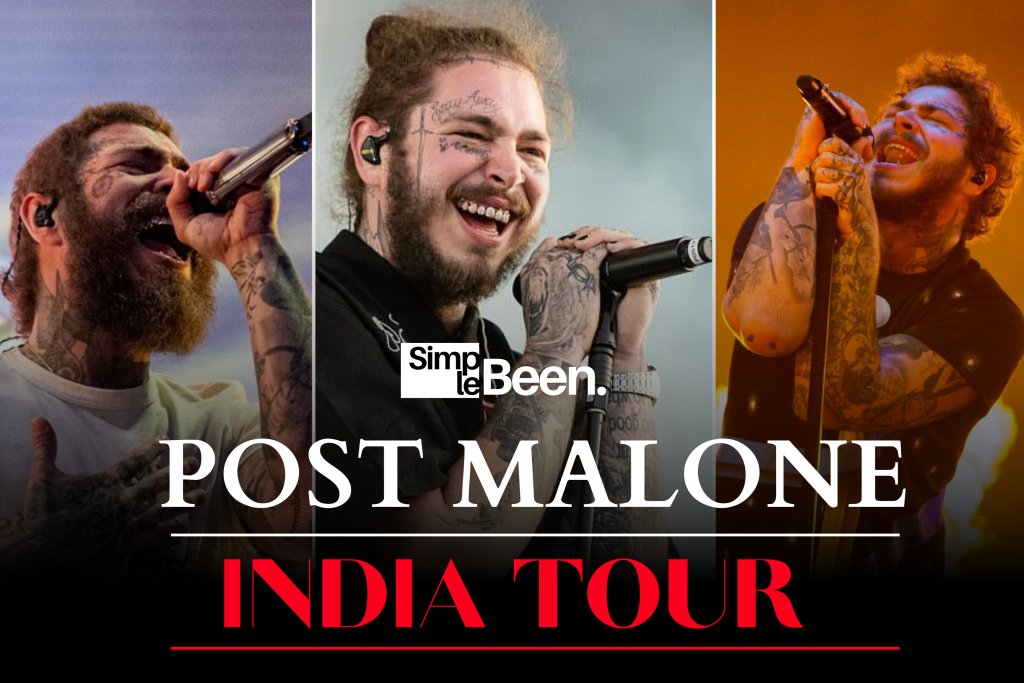
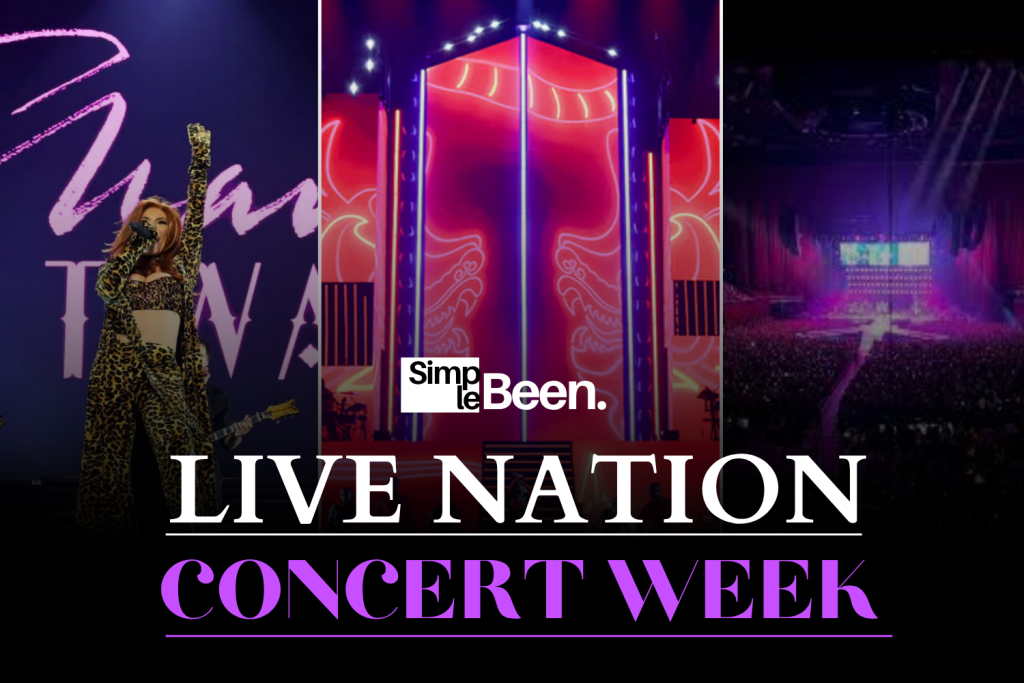
Leave a Comment